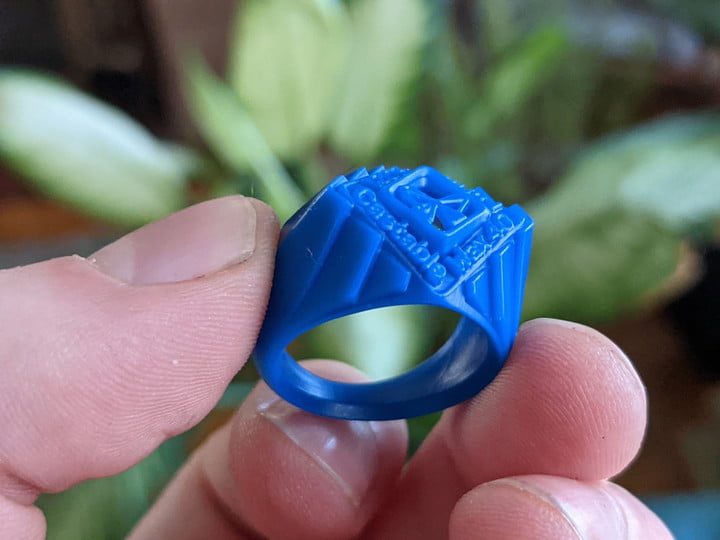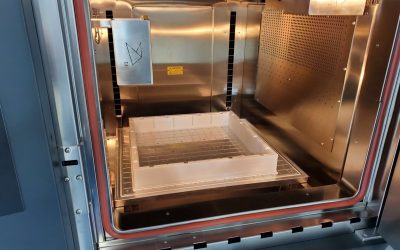When 3D printing went mainstream in the mid-2010s and exploded in popularity, it was about as hyped up as it possibly could be. Evangelists told us it would fundamentally transform the way goods were made, and usher in a bold new era of creative freedom. Soon, they said, we’d be able to fabricate anything we wanted on-demand, Star Trek replicator style, right from the comfort of our own homes.
.
But of course, 3D printing didn’t really live up to that high-flying dream. Instead, it made a momentary splash and then largely returned to the fringes, gaining adoption in hobbyist workshops and cutting-edge product design labs, but not really changing the face of manufacturing in the way many hoped it might. Why? Well despite making some big leaps forward, additive manufacturing has been hamstrung by a lack of variety in materials options. You can print anything you want — as long as it’s plastic. That’s why the technology has mainly been used for producing prototypes and not durable end-use parts. But that’s starting to change. To get a better sense of where things are headed, we caught up with Formlabs — arguably one of the most innovative and agile companies […]
Click here to view original web page at www.digitaltrends.com






























0 Comments